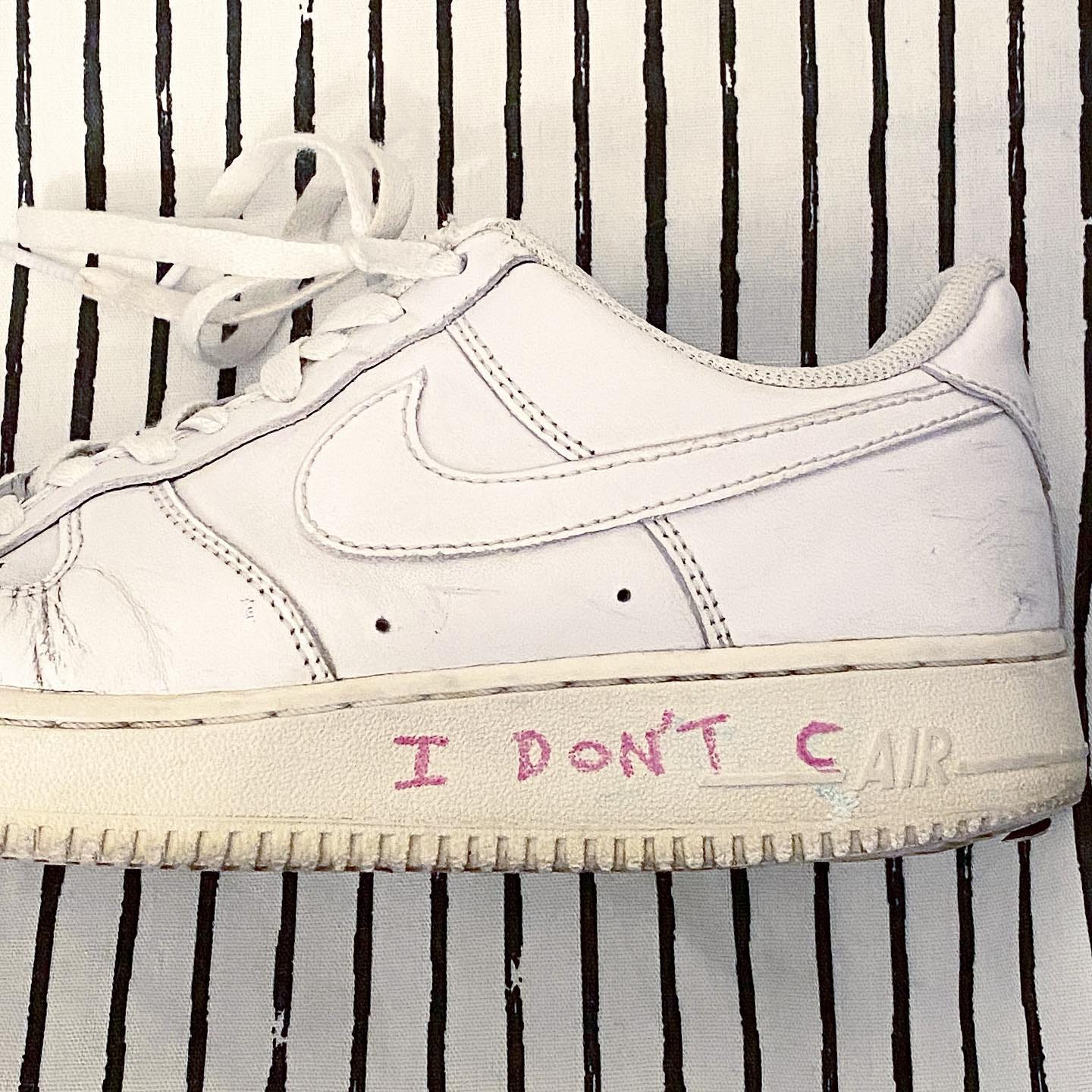The Stans: Between Fan Culture and Politicization
The way in which 'stan' communities emerge and structure themselves is a signifier of our times
In 2019, The New York Times declared that we had entered a new era where fan culture would impact the political landscape, in a visionary article titled "United We Stan":
“It is the product of a great convergence between politics and culture, citizenship and commerce, ideology and aesthetics. Civic participation has been converted seamlessly into consumer practice. It is democracy reimagined as fandom, and it is now a dominant mode of experiencing politics.”
-Amanda Hess
Fan communities are not new; images of people in a trance around The Beatles have circulated on television worldwide. However, with the advent of social networks, a whole new relationship between fans and their idols has developed. The screams in front of cameras have transformed into billions of shares, likes, and threads across social media. These signals are accompanied by a certain radicalization of fan culture that needs to be understood: the era of 'stans' has just begun.
But what exactly is a 'stan'?
The term, popularized in 2000 through Eminem's song "Stan" (featuring Dido), is interesting to deconstruct. It tells the story of a fan who develops a parasocial relationship with Slim Shady (Eminem's alter ego), who does not understand why his idol does not respond, eventually leading in the video to a massacre of his family and his own suicide. An exaggeration that has evolved since, with 'stans' now being much more connected to each other and to the object of their attention, rather than the figure of a compulsive lone wolf.
From being to action
Lady Gaga, with her platform "Little Monsters," was a pioneer. The artist early on developed her own social network in which her community quickly played a significant role around her creative work: calls for contributions, content shared exclusively and more directly, worldviews, and discussion forums. Little Monsters is a name, symbols, and a form of ideology.
This example also demonstrates a certain urgency on the part of celebrities—or new opinion leaders—to control the narrative around themselves. As seen, the only way for them to roughly manage their reputation is to create quasi-political systems around them. Otherwise, communities will not only promote the person but also attach a story to them. As seen last week, they might even consider them merely as "input," with artificial intelligence industrializing the narration in place of the opinion leader!
Oprah Winfrey has often expressed the need to control part of the story conveyed about her. Like a back cover, the celebrity must quickly write or propose a form of reading contract with their audience, with their publics. A necessary effort at clarification, or else there is a risk of being dispossessed of one's own nature.
"If you become famous without understanding who you are, fame will define who you are."
-Oprah Winfrey
This type of fan grouping has accelerated the shift from a time when deeply loving someone's universe allowed you to define yourself, but also to claim your membership. 'Stan,' which was initially just a name, is now also a verb. "I stan for" is frequently used in online conversations. This means that fans also become activists and no longer hesitate to exert pressure on brands, for example, to push for their idol to have an international campaign with them or, conversely, to defend them tooth and nail when attacked.
Allegiance to the community
An important element of 'stan' communities is how they pledge allegiance and, in a way, organize their actions to push their interests. On Discord, members of the UNDW3 (Lacoste) server frequently organize "raids" on other social networks to promote their favorite brand whenever an important poll or call for contributions is requested.
Another example: communities structured around Jisoo have an impressive ability to share information, content, or initiatives related to her but also to celebrate initiatives created by brands. More benevolent than other 'stan' communities, there is a celebration of the creativity of members, especially around fan art shared online. It's not surprising that from South Korea, many applications (like Bubble) are developed to create a sense of a closer relationship between artists and fans, playing with chatbots and artificial intelligence. The parasocial relationship being established between a community and an idol, it is then necessary to animate the generated vitality and maintain its strength through a mix of signals and rewards. It is clear that it is not the real person talking to you; by getting used to interacting with a robot, through a well-calibrated lexical field and visual universes, the vitality "takes." The parasocial relationship is certainly very fictional with the celebrity who probably will never meet you; however, the bonds created with other fans are very real. It's a subtle deal between what the community brings you and what you are willing to accept in terms of adherence to its values, however fictional they may be. There is a risk of a shift towards very toxic behavior for the most hardcore 'stans.' We talk about Sasaeng in South Korea, who clearly develop harassment logics. According to some group managers, the most famous idols are followed by 500 to 1000 Sasaeng every day!
Not all approaches are virtuous; some 'stans' have excessive approaches, including around content creators who may not only be exposed to their 'stans' but also almost deprived of their freedom of expression or the choice to work with a particular brand or person. Hence the importance of quickly framing the rights and duties of a community. Everything is political.





